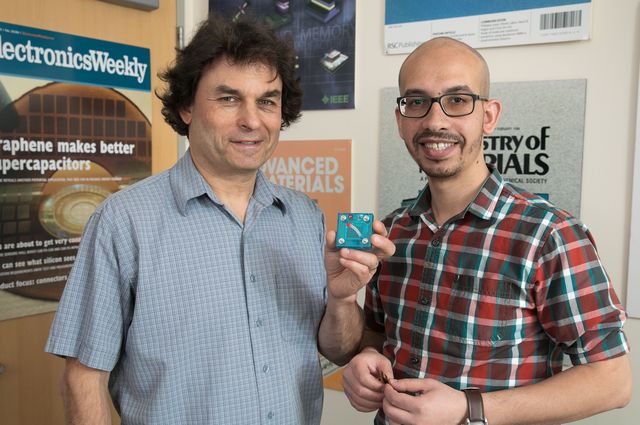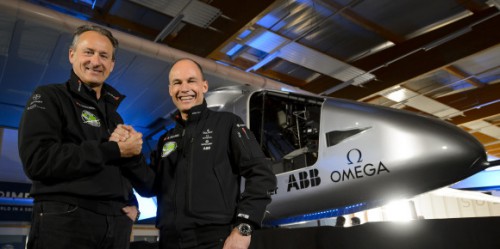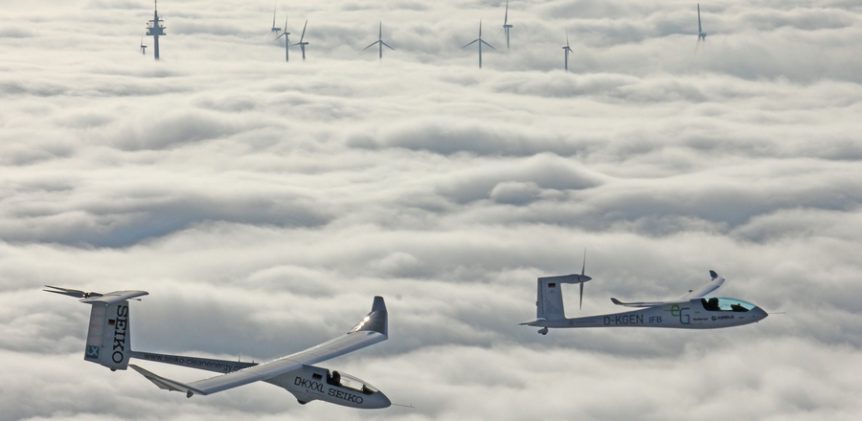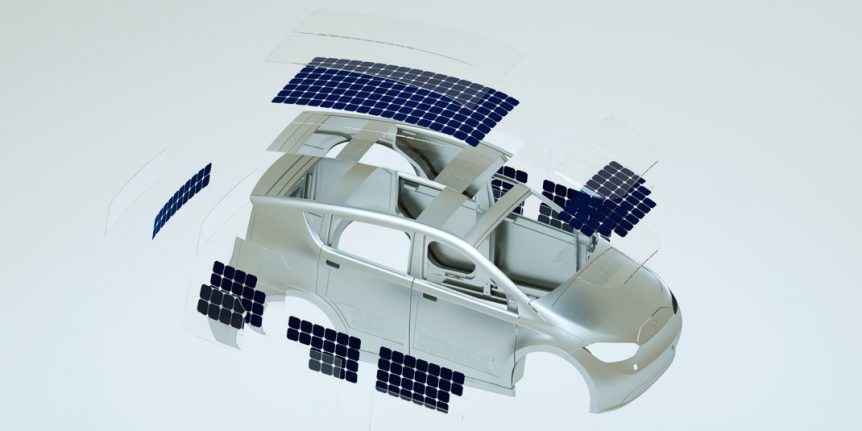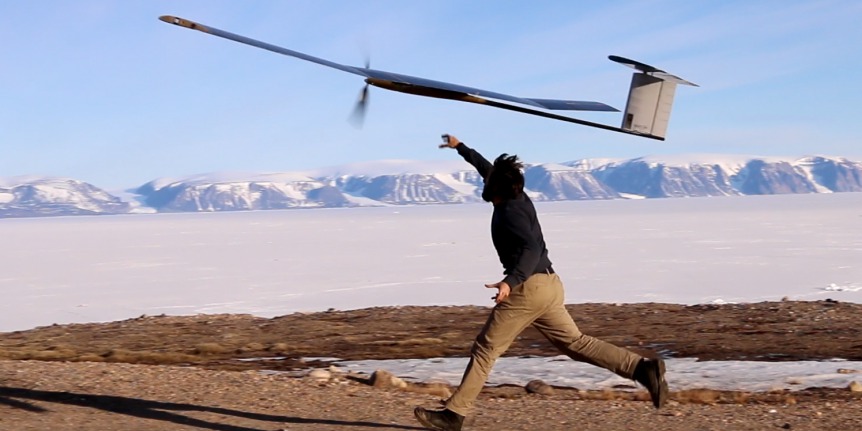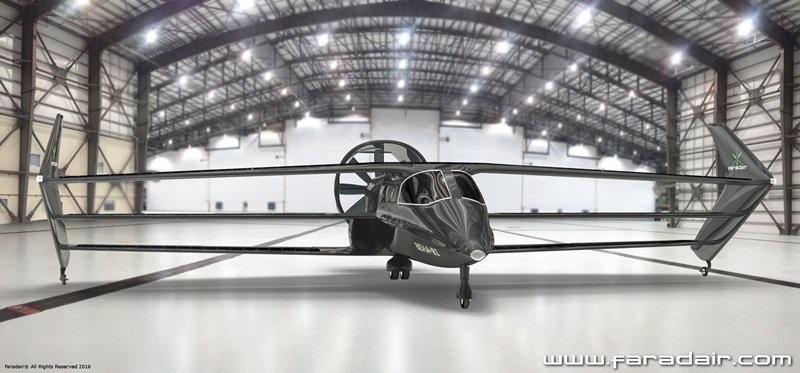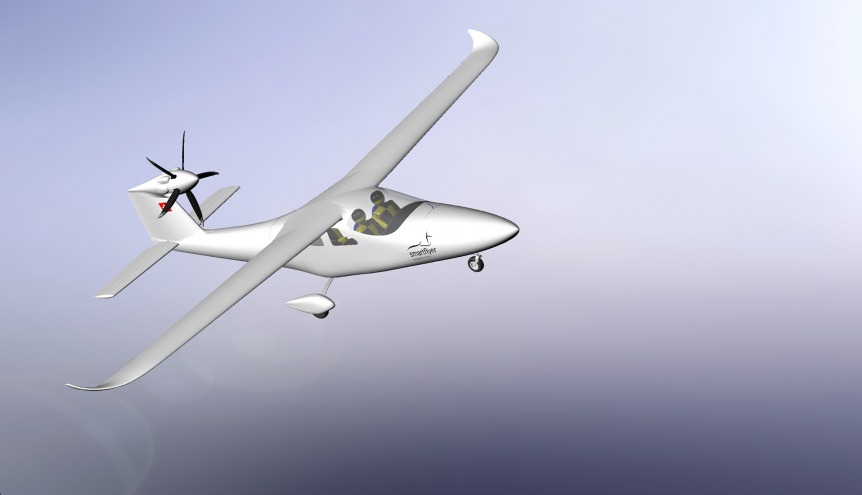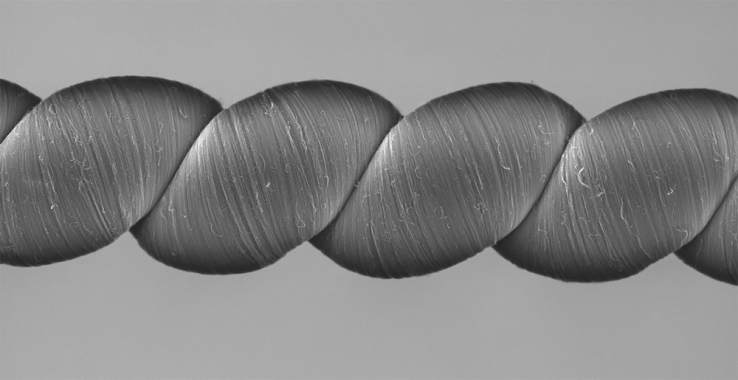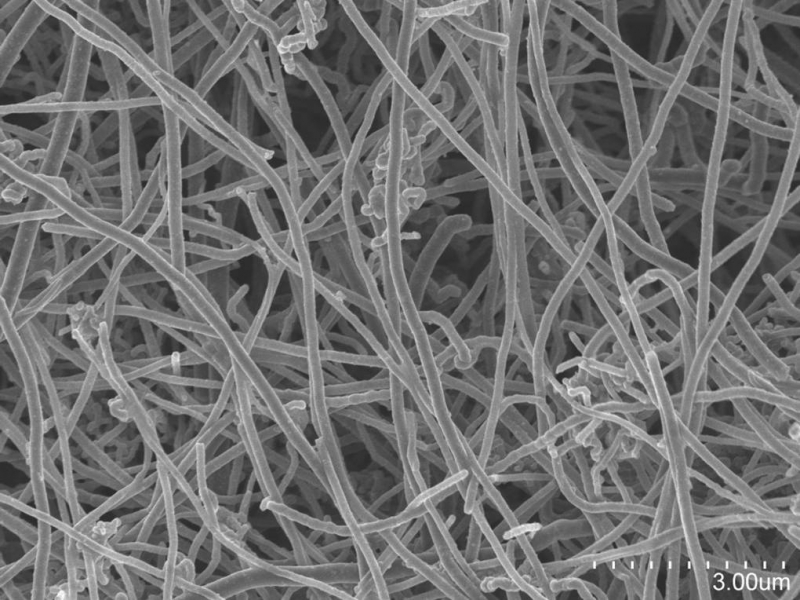Fahrt is German for drive, to clear things up immediately. Both Toyota and BMW are experimenting with the cruder form of the word, though, to bring about greener, cleaner driving. Both have bio-energy plans that use animal and even human waste to generate methane – a greenhouse gas that when burnt, combats air pollution. Variations on the theme may someday power our aircraft. Harold Bate and a Little Prehistory This is not a new idea. Harold Bate, a Devonshire farmer, became a counter-culture hero in the 1970s by powering his Hillman Minx sedan with manure. Like all visionaries, Harold was a bit ahead of his time, but became well known and envied when the Arab oil embargo of that decade left motorists waiting in line for fuel and confronted with rationing for the first time since WWII. The charming film from the National Film Board of Canada highlights the simplicity of his homegrown approach and the depth of his understanding. …
Three-in-One Device Stores Energy, Makes Hydrogen
UCLA researchers Richard Kaner and Maher El-Kady, “Have designed a device that can use solar energy to inexpensively and efficiently create and store energy, which could be used to power electronic devices, and to create hydrogen fuel for eco-friendly cars.” Kaner and El-Kady have devised many low-budget approaches to capturing and exploiting energy, such as their method of “burning” supercapacitors on a personal computer DVD. Their newest accomplishment, according to Kaner, “Could dramatically lower the cost of hydrogen cars.” It would be useful in urban or rural areas, or even on remote battlefields, giving users the ability to make both electricity and fuel from the same device. In cities, it could store surplus energy from electrical grids, and in more remote locations, allow energy generation and fuel creation “off the grid.” The pair’s replica of the device looks like a designer electronic gizmo encased in a turquoise plastic case. It uses inexpensive, abundant elements like nickel, iron and cobalt to …
Solar Impulse Foundation Seeks 1,000 Solutions
Andre’ Borschberg and Bertrand Piccard, founders and pilots of Solar Impulse, have founded an important outgrowth of their globe-spanning mission – The World Alliance for Efficient Solutions. With almost 500 members and seeking 1,000 with responsible and profitable solutions the two are working to gain investors in literally saving the world. Bertrand Piccard sees a current vision of a world that’s out of phase with technological reality. In an editorial, he mused: “When I was flying with my solar plane over the Atlantic Ocean, I remember looking at the sun that was giving energy to my four electric motors and their huge propellers. There was no noise, no pollution, no fuel… and I could fly forever. At one moment I thought, “This is science fiction, I’m in the future.” And then I realized, “No, it’s completely wrong, I’m in the present. This is what the technologies of today already allow me to do. It’s the rest of the world that …
e-Genius Gets Around Quickly, Inspires Others
Birds of the Same Tail Feather Configuration Prof. Dipl.-Ing. Rudolf Voit-Nitschmann (emeritus) had a lot to do with designing the 1996 Icare II solar-powered sailplane and the 2011 e-Genius. Icare II set several world records in its 20 years, most under the guidance of pilot Klaus Ohlmann. e-Genius won the award for being the quietest airplane at the Green Flight Challenge held in Santa Rosa, California, and was a close second to Pipistrel’s G4 in passenger miles per gallon (equivalent) energy use. Dipl.-Ing. Voit-Nitschmann was kind enough to explain to your editor how the propeller center came to be at the top of the tail on e-Genius. It’s a similar configuration to that on the Icare II*, and one he had found to provide the greatest undisturbed air to the propeller and the least added friction drag, since only the lower part of the blade crossed in front of the upper part of the vertical fin and rudder. This configuration …
Three Solar-Powered Cars Show a Possible Tech Path for Airplanes
In the next decade, your new car may not only be electric or hybrid, but solar powered. A speaker from an Italian auto firm told a symposium your editor attended five years ago that solar roofs on cars could provide up to 30 free kilometers for an electric car each day. That 18 miles would be a gift indeed, but at least three innovators are working toward making that an underachievement. Sono Motors and their Sion Sono Motors, headquartered in Munich, Germany, used crowdfunding to build their prototype and publicize their five-seat, partially solar powered vehicle – Sion. Sion comprises several surprising elements, including polycarbonate shielded solar cells integrated into the simple, wedge-shaped body design, an interior air-cleaning system based on living plants, and an ingenious group of communications and charging systems. To keep the cost within the 16,000 euros promised in their fundraising campaign, the designers left out the 30 kilowatt battery, good for 250 kilometers (155 miles). This …
UAVs Push Endurance Limits
Three unpiloted aerial vehicles of wildly different configurations recently set endurance marks, each a “personal best,” with some achieving world records. The varying designs show what can be achieved by careful aerodynamic design and efficient powerplants. Aerovel Flexrotor Sets VTOL Endurance Mark Not just a fair weather UAV, Aerovel’s unmanned Flexrotor, named for the sea nymph Actaea, “lifted off into a grey and rainy morning with 7.5 kilograms (16.5 pounds) of fuel onboard”. According to the company, “It transitioned from hover to wing-borne flight, and soldiered on through a showery day, a blustery night, and then another day in the breezy and unsettled air behind a cold front. As dusk fell it transitioned back to hover, and dropped gently down onto a 12-foot square helideck underway at 8 [knots] (9.2 mph). Time from launch had been 32 hours and 8 minutes. More than 3 hours’ worth of gasoline remained in the tank.” The press release doesn’t say where the flight took …
Faradair BEHA, an Electric Triplane for the Future
Triplanes were popular in World War One because they allowed great maneuverability for dog-fighting, a supreme survival necessity. Their success in designs by Fokker and Sopwith, among others, gave them a certain panache. Now, a Bristol, England-based company hopes to revive the triplane as a commuter aircraft ready to fly from regional airports. Faradair®, named after English physicist Michael Faraday*, hopes to craft an airplane that will allow flight from smaller regional airports and compete with even well-established rail service. Their craft, BEHA – Bio-Electric Hybrid Aircraft, will fly six to eight lucky passengers on a quiet inter-city ride powered by a 300-horsepower internal combustion engine and two electric motors in a parallel-hybrid arrangement. Neil Cloughley, Managing Director and Founder of Faradair, wants to return Britain’s regional air services to a point where they were between WWI and WWII, when a small group of passengers could board a DeHavilland Dragon Rapide for a leisurely and sight-filled journey over England’s green …
SmartFlyer Challenge: Electric Airplanes Fill Swiss Skies
There are few times one will see more than one electric airplane at the same place – outside of perhaps, Friedrichshafen’s e-Flight Expo every year. But to see them flying at the same field on the same day is an even grander delight. That happened September 9 and 10 at Grenchen, Switzerland. Grenchen hosted the world’s first all-electric fly-in – the SmartFlyer Challenge. It drew an appreciable number of electric aircraft of all sizes and types despite the clouds and rain that kept some from scaling the mountains. An Electric Three-Plane Formation Flight The Siemens-powered Magnus e-Fusion from the Czech Republic, the electric Phoenix motorglider, and Stuttgart University’s e-Genius all flew formation with a Piper L-4, a World War Two liaison aircraft and camera plane. They joined a commendable group of aircraft on the field. All seemed to fly as much as possible during the event, including drag racing a Tesla S sedan down the runway. Expatica.com noted, “Pilot Frank …
Smart Fabrics Generate Energy Several Ways
We see a great deal about wearable energy-generating fabrics, garments that will help keep the wearer warm, or cool, or visible because of built-in piezo-electric generators in the makeup of the fabric. Several researchers are taking this to the next level, creating new warps and woofs of materials that will create energy from a greater range of energy inputs. Elias Siores and the University of Bolton In 2011, Professor Elias Siores and associates at the University of Bolton in the UK created a flexible fiber that could harvest energy from movement and light. Siores said it was flexible enough to be woven into “a sail, window curtain or tent and generate power”. The material was recognized as a major innovation at the 2011 Energy Innovation Awards in Manchester. In a 2013 paper, the team, led by described devising a “smart fabric.” “A smart material is one that shows extraordinary response when subjected to a stimulus. Piezoelectric materials are considered as …
Capturing Carbon and Making Airplanes from It
Climate scientists have tracked the growing percentage of carbon dioxide (CO2) in the air, and noted a correlation between that rise and global warming. Scientists from Michael Mann to Benjamin Santer have measured the changes in CO2 levels against climate change, with 97 out of 100 climate scientists accepting that human activities and rises in CO2 (and other greenhouse gases such as methane) are affecting our overall climate. Not to start an argument about this matter, this entry looks at a novel method of removing CO2 from the atmosphere and using it to make possible carbon materials that would be used in aerospace and other components. The question of carbon removal usually includes some method of storing it. Futurism.com has a great overview (too large to display here) that shows those methods. One enterprising group of scientists avoids the costly and difficult means of carbon storage and instead focuses on retrieving carbon and turning it into carbon wool, a usable …


